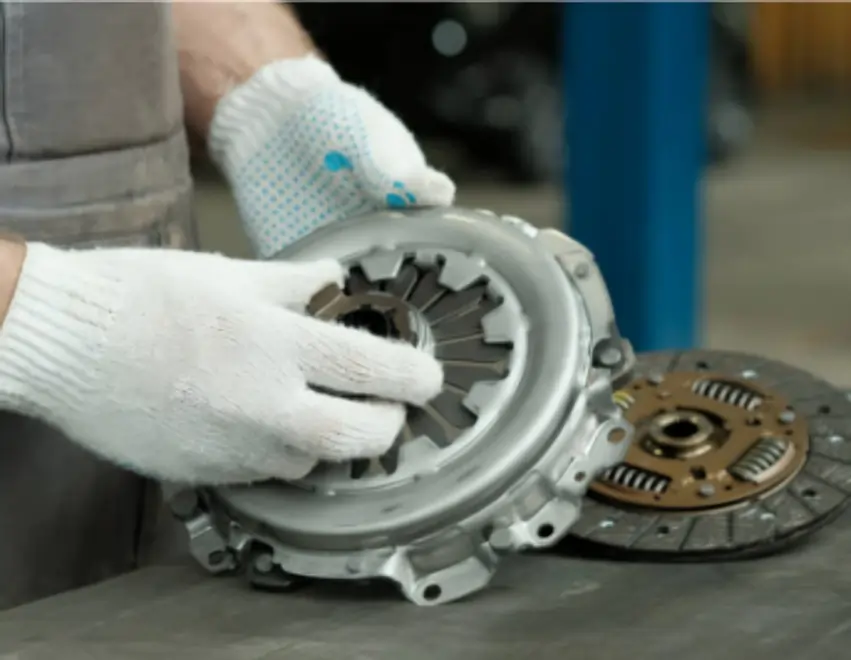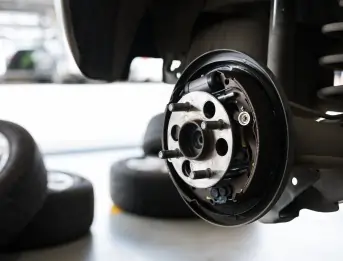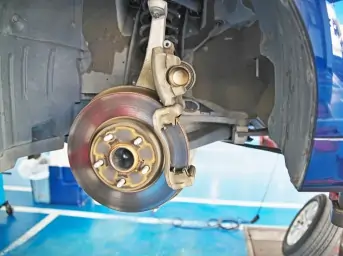What’s included in a hub assembly?
The wheel hub and bearing parts, as well as the ABS sensor when necessary, make up the integrated system that is the assembly. Your wheel maintains a strong link with your car and rotates smoothly.
Regardless of whether the lesson is about hub bearings or a "grinding noise," it shouldn't
be overlooked. Let's talk about this so you can understand the situation and the timing
of the necessary repair.
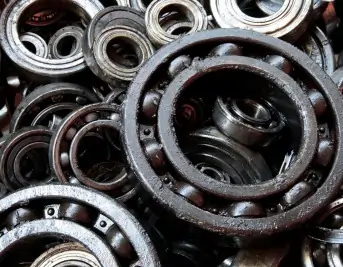
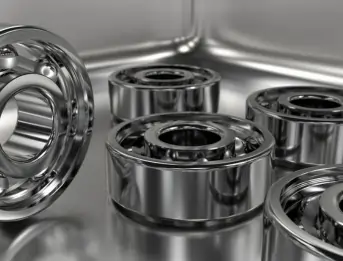
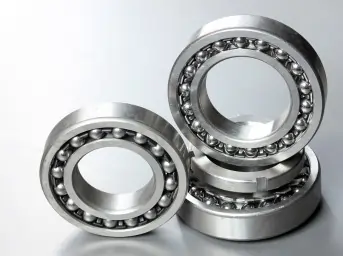


While driving, have you ever noticed any odd humming or grinding sounds? A malfunctioning hub bearing may be indicated by this. There is:
It's probably wrong if it doesn't feel right. Don't ignore it!
You should replace your wheel hub assembly if it satisfies any of the following conditions:
In general, a replacement is necessary if the item is loud or loose.
The contrast between problems with front hub bearings and those with rear hub bearings. Because the front bearings handle both steering movements and road surface impacts, they tend to wear out before the rear ones. Front bearing problems are typically indicated by front-end grinding sounds paired with a vibrating steering wheel. The hum that the rear bearings often create causes the car to handle erratically.
Concentrate on the source of auditory problems. During test drives, mechanics may conduct tests using wheel spinning methods and chassis ear tools. The likely culprit is the side that feels rough or loose.
Yes! You may choose to replace only the problematic portion if it displays flaws. Choosing to replace both sides at once becomes a more prudent and cost-effective option when both parts are worn out or when your car has traveled a lot of miles.
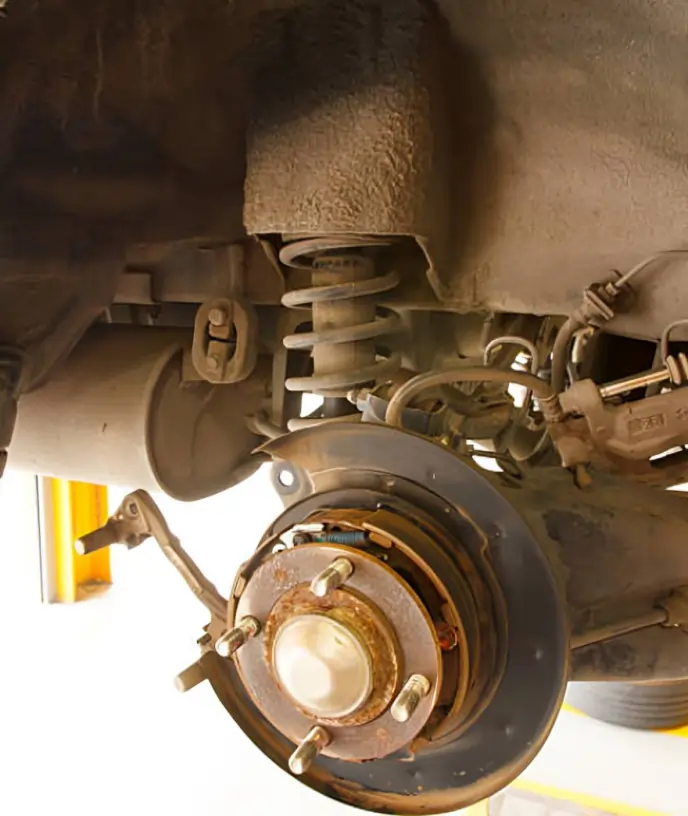
Here's what to look for if you suspect a hub bearing is going bad:
Although you don't want to disregard a faulty hub bearing, it may cause some wheel wobble or, in the worst case, wheel detachment. Get it checked out right away; it's absolutely not worth the risk.
Even though they are connected, they are actually distinct:
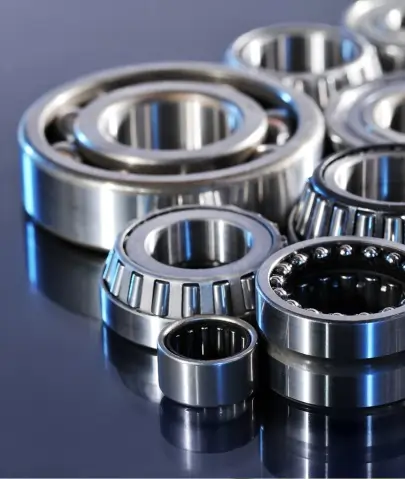
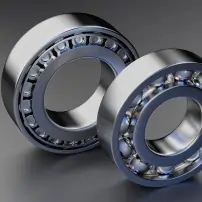
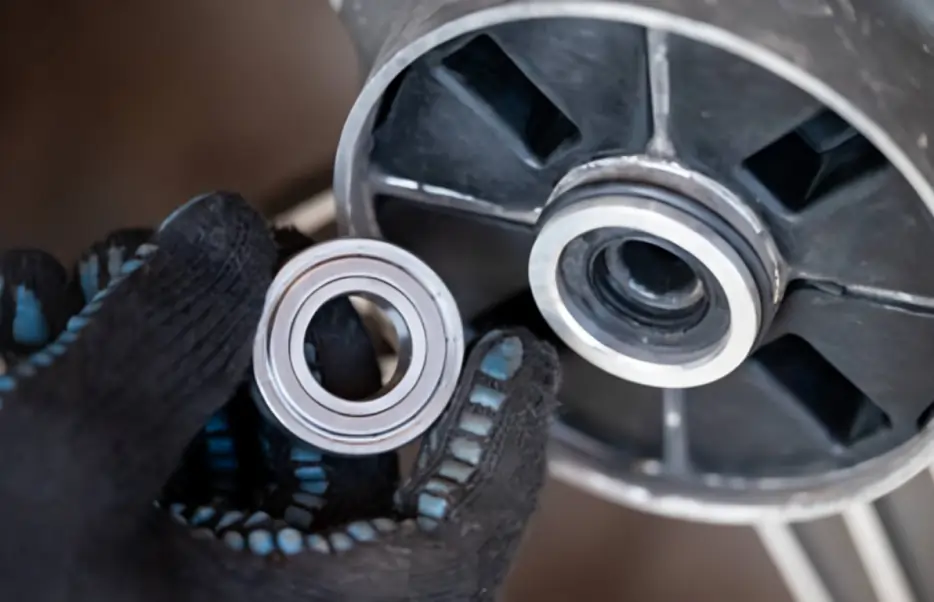
The bearing may be replaced as a result of the hub's adequate condition. Full unit replacement is required when there are sealed assemblies or any hub damage. The procedure works at higher rates while adhering to safety requirements and producing consistent outcomes.
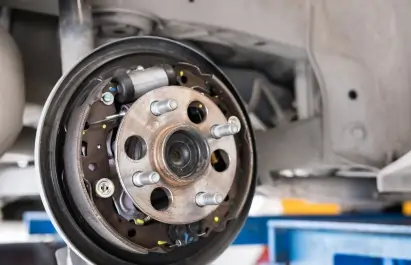
Although simply replacing the bearing seems to provide immediate cost savings, a full hub replacement usually results in lower labor costs over the long run and less potential for future repairs. When the component has warranty coverage, the purchase is a wiser investment for potential profits in the future.
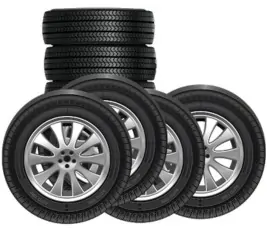

The complete hub assembly replacement is usually simpler and more dependable for the majority of bolt-on hub setups, making it perfect for the DIYer.
If it concerns a press-in bearing, special tools and experience will be required. Hence, it is better and safer to have a mechanic do this.

You may simply replace the bearing if the hub is still in excellent condition (not cracked or otherwise damaged). Sadly, the brand and manufacturer have a significant impact on the bearing's quality, which can lead to problems down the road.
The Advantages and Disadvantages of Only Replacing the Bearing
Benefits:
Disadvantages:
Most wheel hub bearings normally last somewhere in the range of 85,000 to 100,000 miles. They tend to go
bad sooner if you generally drive over a lot of bumps or carry heavy loads.
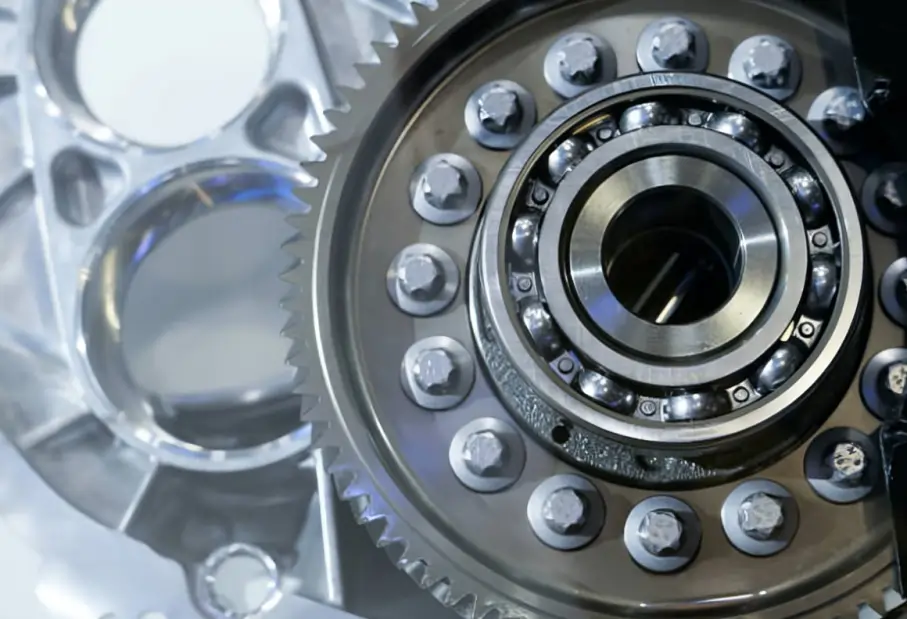
Absolutely! The hub experiences less stress because of the correct tire balance, alignment, and pressure. They continue to move smoothly like butter for many years thanks to routine inspection.
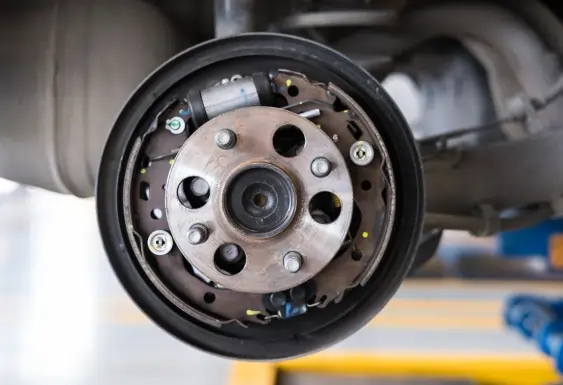
The hub bearings can be killed by a number of things, including potholes, poor alignment, and driving with a worn-out suspension, and non-lubrication or even dirty grease accelerates the harm.
In general, the front hub bearing replacement costs from $250 to $450 per wheel in San Antonio. This cost includes the parts and labor. For luxury or AWD vehicles, the price can also increase because of the extra work.
In any situation, rear hub bearing repairs will cost $200-$400 depending on the vehicle. However, most newer vehicles are equipped with sealed rear hubs, which generally end up costing about the same as for the front.
